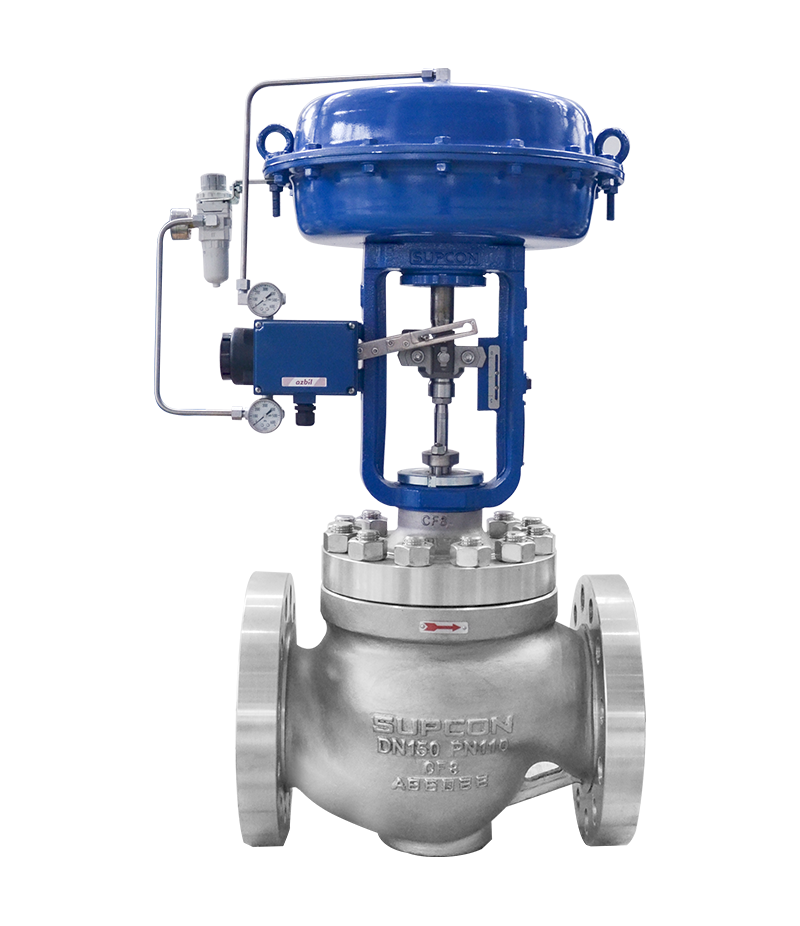The Role of Control Valves in Liquid Flow Management Systems
The Role of Control Valves in Liquid Flow Management Systems
Blog Article

Maximize Energy Financial Savings and Convenience With Advanced Structure Automation Controls
In the realm of modern-day architecture and facility management, the integration of innovative building automation manages stands as a crucial innovation. By using the power of automation, structures can adapt, respond, and advance in ways that were as soon as inconceivable.
Power Performance Benefits
Energy performance benefits can substantially decrease power intake and operational prices in structures. Energy-efficient systems, such as sophisticated building automation controls, can enhance the use of sources like illumination, air conditioning, and heating, leading to lower power expenditures over time.
Furthermore, enhanced energy efficiency can prolong the life-span of building devices and systems. By running extra efficiently, HVAC systems, lighting components, and various other structure elements experience much less wear and tear, leading to reduced upkeep and substitute prices. Additionally, energy-efficient structures commonly command greater property worths and rental prices, giving lasting economic advantages to proprietors.
Moreover, power efficiency can improve passenger comfort and efficiency. Effectively regulated indoor settings with ideal lighting and thermal conditions produce an even more helpful and enjoyable workspace, causing boosted worker fulfillment and performance. Generally, the power effectiveness advantages connected with innovative structure automation controls are complex, including cost financial savings, ecological stewardship, and owner health.
Boosted Comfort Control
Enhancing convenience control in building settings calls for a sophisticated integration of sophisticated automation systems for optimal occupant wellness. By utilizing advanced building automation controls, centers can customize the interior environment to satisfy the specific demands and preferences of passengers. These systems enable precise law of illumination, temperature, and ventilation, developing a comfortable and effective ambience. Occupant satisfaction and efficiency are carefully connected to thermal comfort, making it important to have systems in position that can adapt to transforming conditions in real-time.
Improved convenience control exceeds basic temperature level changes. It consists of functions such as individualized setups, tenancy sensing units, and natural light use to produce a vibrant and receptive atmosphere. By incorporating these innovative controls, buildings can not only improve comfort however likewise boost power effectiveness by optimizing system procedures based upon real occupancy and use patterns. Ultimately, prioritizing owner comfort with innovative automation systems results in an extra delightful and much healthier interior setting.
Functional Efficiency Improvements

Furthermore, the implementation of real-time these details tracking and analytics tools allows building operators to identify power inadequacies and operational abnormalities quickly. By continuously checking power use patterns and system efficiency metrics, adjustments can be made in real-time to optimize energy usage and make sure peak functional efficiency. control valves. In addition, including need feedback methods right into building automation controls can better enhance functional performance by dynamically adjusting power usage based upon grid problems and prices signals
Indoor Climate Optimization
Effective interior climate optimization is a fundamental aspect of building automation controls, making sure occupants' convenience and well-being while taking full advantage of energy financial savings. By utilizing advanced sensors and controls, constructing automation systems can continuously monitor and readjust temperature, humidity levels, air top quality, and ventilation to develop an optimum interior environment. Preserving comfortable and regular problems not just enhances occupant contentment yet additionally enhances efficiency and general health.
Interior climate optimization additionally plays a crucial role in energy performance. By fine-tuning air flow, heating, and cooling systems based on real-time information and occupancy patterns, developing automation controls can significantly reduce power intake - control valves. Executing strategies such as demand-controlled air flow and thermal zoning can help reduce power waste while making certain that each location of the building obtains the required conditioning.

Sustainable Atmosphere Creation
Building automation controls not only maximize interior climate problems for power performance and occupant convenience but likewise lay blog here the foundation for developing a sustainable atmosphere via strategic management of systems and sources. By incorporating sophisticated building automation modern technologies, such as sensing units, actuators, and smart software program, facilities can readjust and More Help keep an eye on energy usage in real-time to decrease waste and reduce their carbon impact. These systems make it possible for predictive upkeep, recognizing possible issues before they escalate and enhancing devices efficiency to boost long life and efficiency.
Moreover, lasting atmosphere creation extends beyond power administration to encompass water conservation, waste decrease, and indoor air top quality renovation. Structure automation controls can control water usage, identify leakages, and ensure appropriate waste disposal methods, adding to total sustainability efforts. Furthermore, by controlling and checking air flow and purification systems, these modern technologies enhance passenger health and wellness and efficiency while decreasing energy consumption related to cooling and heating procedures.
Final Thought
To conclude, progressed structure automation controls offer considerable advantages in regards to energy savings, comfort control, functional effectiveness, indoor climate optimization, and producing a lasting setting. By applying these controls, structures can achieve optimum efficiency while reducing power intake and enhancing occupant comfort. It is evident that making use of innovative automation innovation is essential in boosting structure efficiency and creating an extra lasting future.
Power performance advantages can dramatically reduce power usage and operational costs in structures. On the whole, the power efficiency advantages associated with advanced structure automation controls are complex, incorporating cost financial savings, environmental stewardship, and resident health.
Furthermore, including need response techniques right into structure automation controls can better improve operational efficiency by dynamically adjusting energy usage based on grid conditions and pricing signals.
Structure automation regulates not just maximize interior environment problems for energy performance and occupant convenience but likewise lay the structure for developing a lasting atmosphere through calculated administration of systems and resources.In conclusion, progressed building automation controls deal substantial advantages in terms of power cost savings, convenience control, operational effectiveness, interior environment optimization, and producing a lasting environment.
Report this page